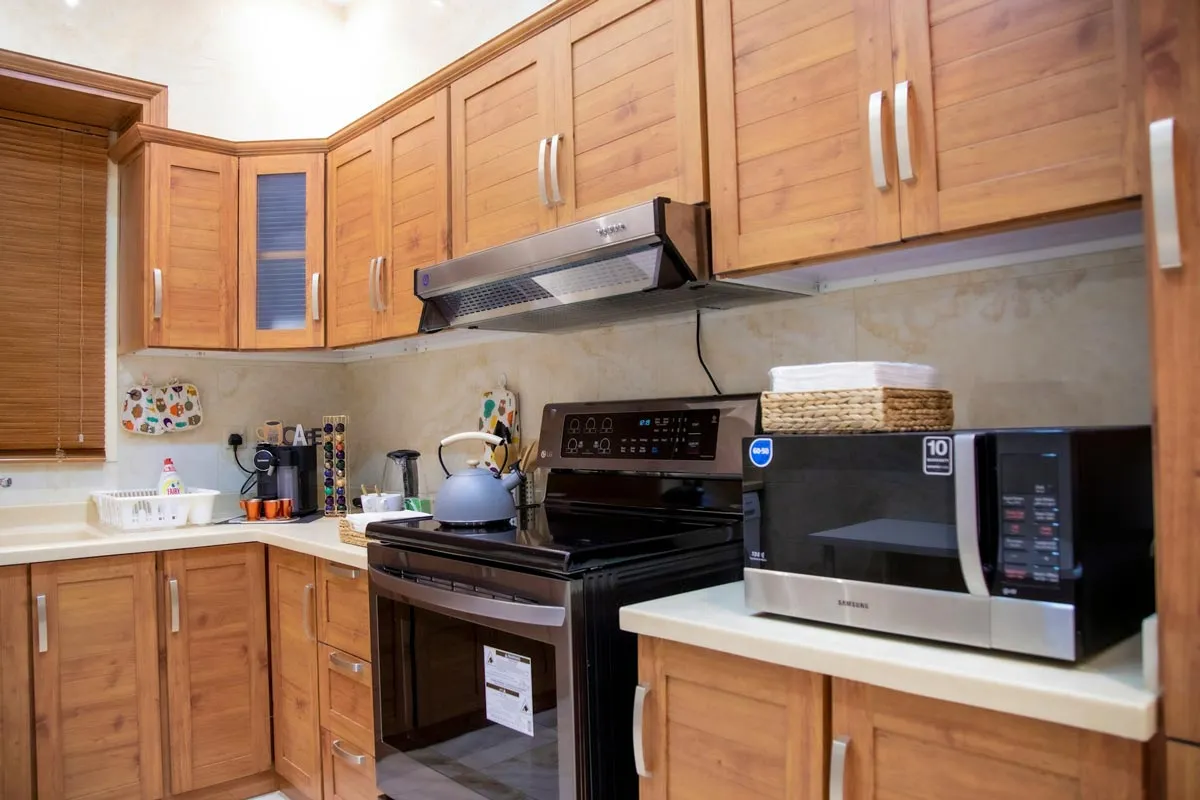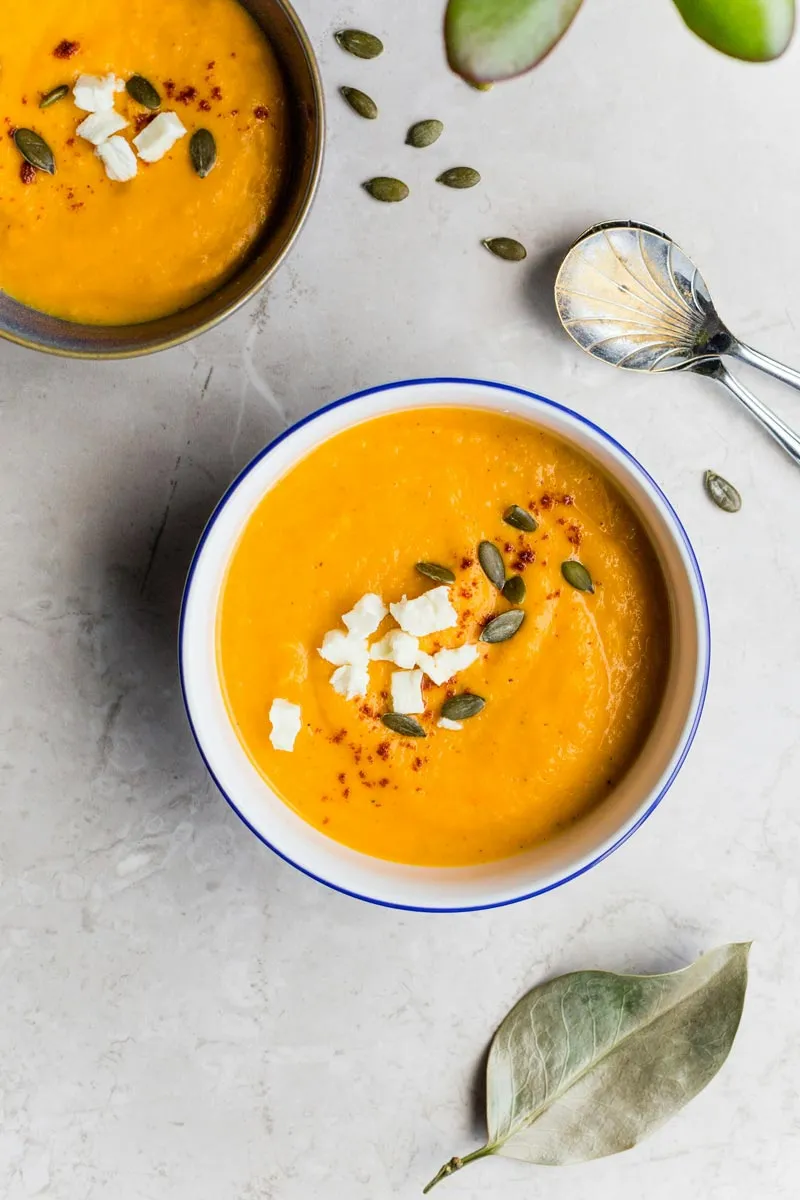
Are You Using Your Microwave Safely?
Microwaves are a kitchen staple, offering convenience and speed. However, not all foods are suitable for microwave heating. Let’s explore which foods to avoid and why, along with some safe alternatives.
Part 1: Foods to Avoid in the Microwave
a. Foods with Shells or Membranes
Microwaving foods with shells or membranes can be dangerous. The rapid heating can cause pressure to build up inside, leading to explosions.
Foods to Avoid:
- Shell-on eggs (raw or cooked)
- Cooked eggs without shells (due to the membrane on the yolk)
- Uncut chestnuts
- Sealed liquid packages (milk cartons, sausage casings, grape skins)
Tip: If you must microwave an egg, remove the shell and stir the egg thoroughly. If not stirring, puncture the yolk a few times.
b. Low-Water Content Foods
Microwaving foods low in water content but high in fat can cause them to burn quickly as the fat heats up faster without moisture to balance it.
Foods to Avoid:
- Cheese
- Large chunks of fatty pork belly
- Sausages
- Fried foods
- Nuts
- Hard-textured bread
- Dried fruits and meats
Tip: Thinly slice fatty pork and marinate to add moisture before microwaving. Even low-fat foods should be moistened to prevent drying out.
c. Water
Microwaving water can cause superheating, where water exceeds its boiling point without bubbling. When disturbed, it can erupt, causing burns.
Avoid: Adding tea leaves, coffee powder, milk powder, or even moving the container can trigger an explosion of superheated water.
Part 2: Foods Suitable for the Microwave

Foods with high water content that don’t dry out easily or overflow are generally safe for microwaving.
Foods to Microwave:
- Soups and stews (milk, soy milk, porridge, various soups)
- Moist staples (soft buns, stuffed buns, steamed bread, noodles, rice, congee, sweet potatoes, potatoes)
- Leftover dishes (steamed, boiled, braised, or stir-fried)
- Fresh or cooked meats (except large, fatty pork belly)
- Tofu and soy products (tofu skin, tofu sticks)
- Egg dishes (steamed egg custard, scrambled eggs)
Part 3: Choosing Microwave-Safe Containers
Containers to Avoid:
- Metal containers (can cause sparks and fire)
- Paper containers (risk of fire due to high temperatures)
- Non-microwave-safe plastics (can melt and release harmful chemicals)
- Non-heat-resistant glass (can shatter due to high temperatures)
Best Choices for Microwave Containers:
- Ceramic: Choose plain white ceramics without lead-containing glazes.
- Heat-resistant glass: Ensure the lid is also microwave-safe.
- PP Plastic: Look for containers labeled with a triangle and “5” or “PP,” indicating microwave safety. Note that only containers with specific symbols can be reused in the microwave.
Tip: Avoid setting the microwave to high temperatures or long durations to prevent the formation of harmful substances like benzopyrene and heterocyclic amines, which can also affect taste. Experiment with settings for the best results without compromising safety.
By understanding which foods and containers are microwave-safe, you can make the most of your microwave while ensuring safety and preserving food quality.

